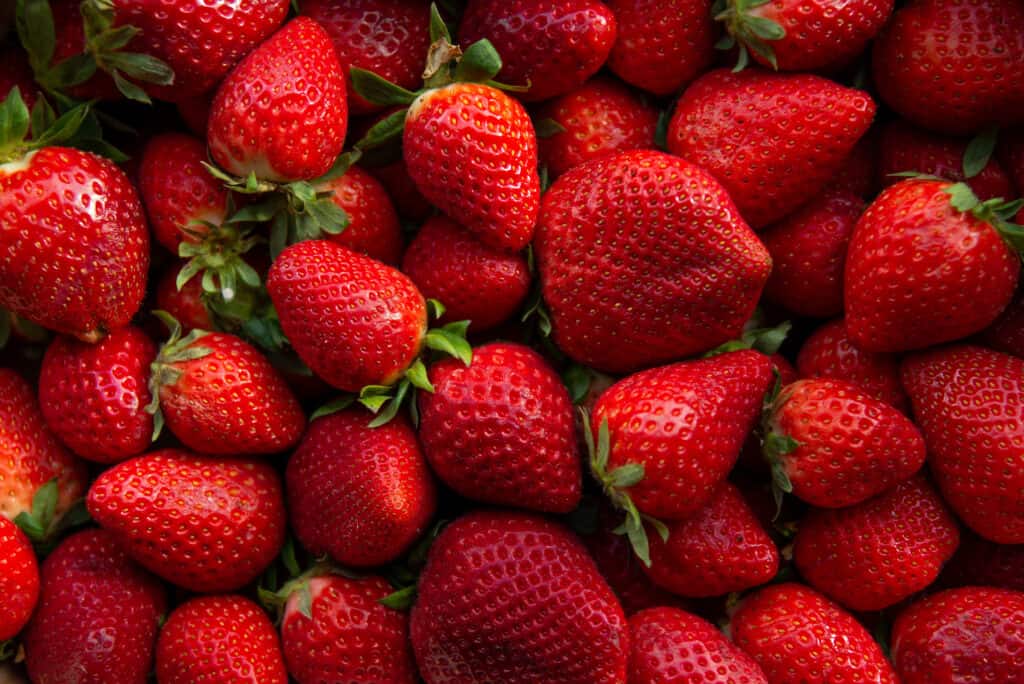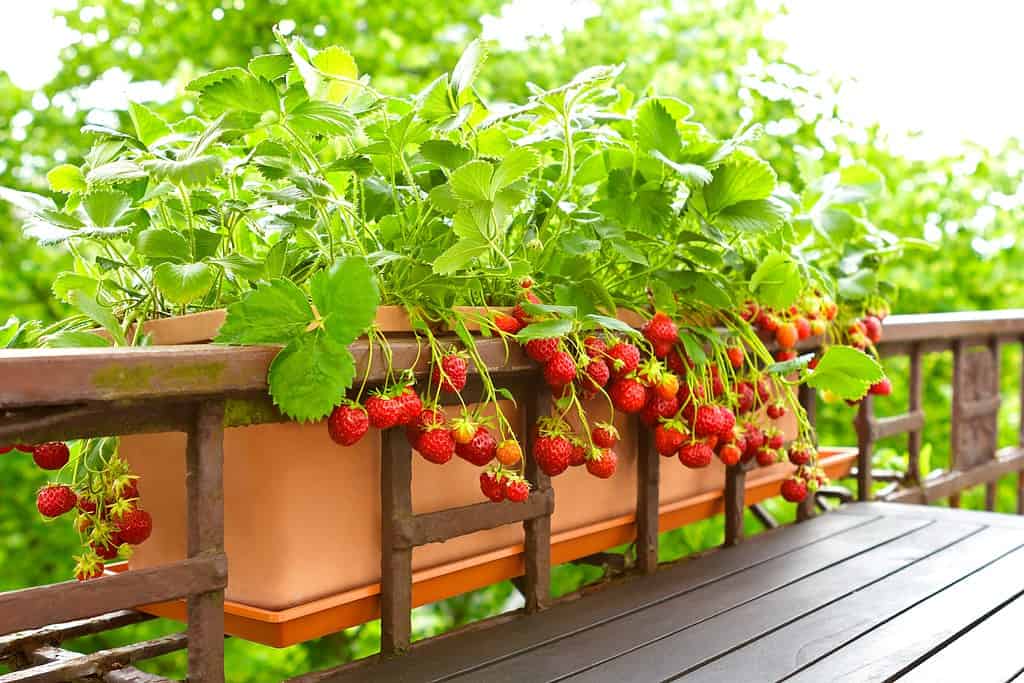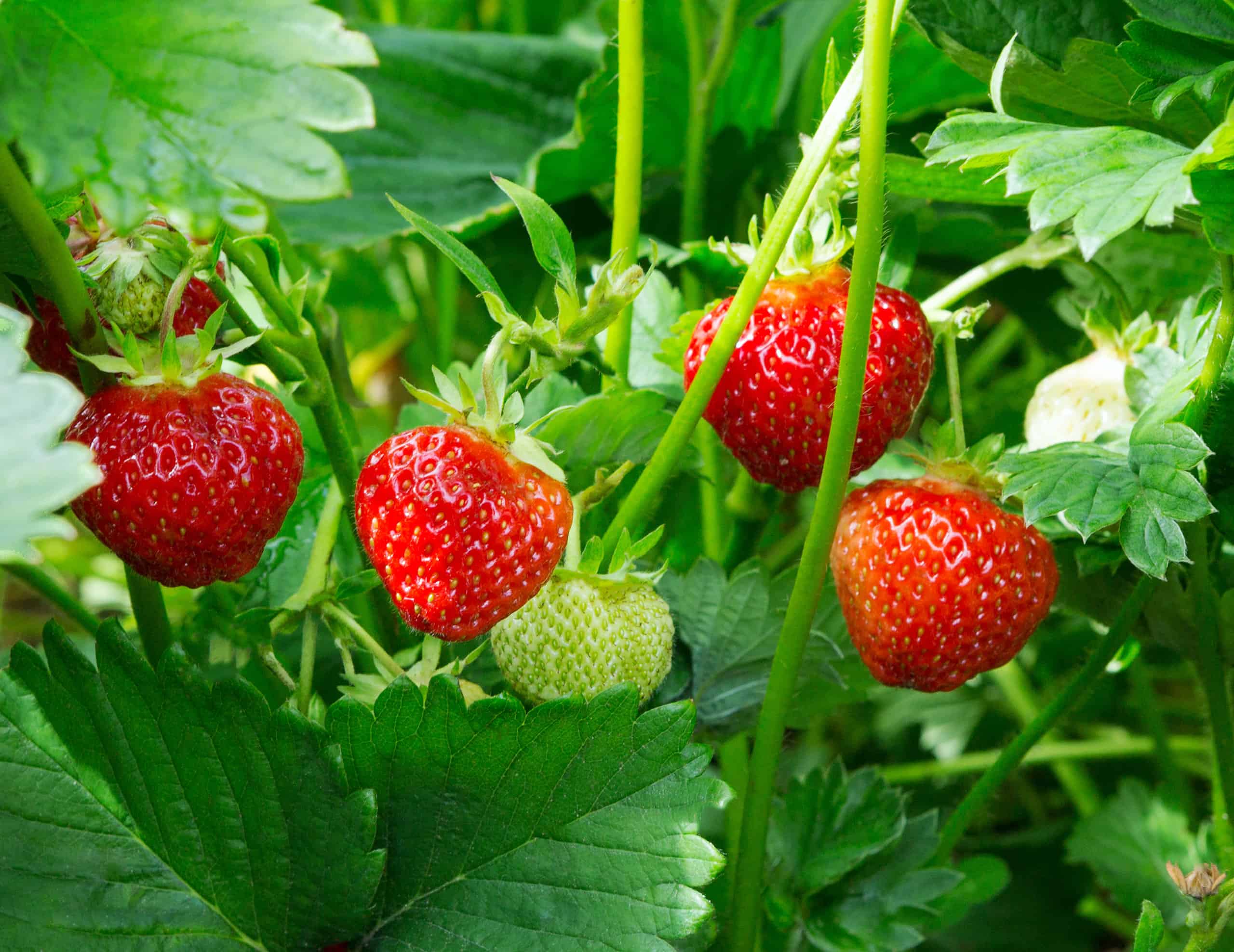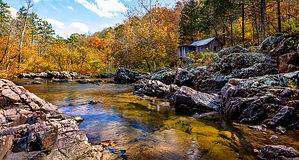Hey there, fellow strawberry enthusiasts! If you’re aching to know the prime time for cultivating those delectable red gems in the heart of Illinois, you’ve landed in the right patch. Discovering the perfect window to grow strawberries can be the difference between lackluster fruits and a vibrant harvest that dances on your taste buds.
In the Land of Lincoln, timing is everything when it comes to these juicy delights. With its unpredictable weather, Illinois keeps growers on their toes. But it is not impossible to grow strawberries in Illinois. Let’s take a look at the best time to start planting your crop in this state, along with a few extra growing tips for success.
When is the Best Time to Plant Strawberries in Illinois?
When it comes to planting strawberries in the diverse regions of Illinois, timing plays a crucial role in ensuring a successful harvest. The best time to plant strawberries can vary based on the specific climate and conditions of different areas within the state.
Northern Illinois
In the northern parts of Illinois, characterized by colder temperatures and a shorter growing season, the optimal time for planting strawberries is in the spring. As the frost subsides and the soil begins to warm up, usually around late April to early May, it’s a prime opportunity to get those strawberry plants into the ground. Planting during this period allows the young plants to establish their root systems before the heat of summer sets in.
Central Illinois
Moving towards the central regions of the state, where the climate is milder compared to the north, early spring remains the best window for planting strawberries. March to early April is the ideal time, just as the soil starts to thaw and the risk of frost diminishes. By getting the plants settled in the ground during this timeframe, you give them the chance to acclimate before the warmer months arrive.
Southern Illinois
In the southern parts of Illinois, where the climate is generally warmer and the growing season is longer, the planting window for strawberries can be extended. Mid to late winter, around January to February, presents an opportunity to start planting. This early planting allows the strawberry plants to take advantage of the milder winter conditions and establish strong root systems before the heat intensifies.
Considerations for All Regions
Regardless of the specific region within Illinois, several factors should be taken into account when planting strawberries. Choose a well-drained site with full sun exposure. Prepare the soil by incorporating organic matter and ensuring proper pH levels. Spacing between plants should allow for good air circulation and growth. Mulching can help conserve moisture and suppress weeds.

There are plenty of opportunities to plant delicious strawberries throughout the state of Illinois.
©V_Sot_Visual_Content/Shutterstock.com
Where is the Best Place to Plant Strawberries in Illinois?
Selecting the right location within the state of Illinois is crucial for successful strawberry cultivation. While strawberries can thrive in various regions, some areas offer more favorable conditions for their growth and yield. When it comes down to it, southern and central Illinois are the best regions for growing strawberries.
Southern Illinois stands out as an ideal region for growing strawberries due to its warmer climate and extended growing season. The milder winters and longer periods of favorable weather create an environment where strawberries can flourish. The ample sunshine and relatively consistent temperatures promote robust plant growth and encourage the development of sweet, juicy berries.
Central Illinois is also a prime location for cultivating strawberries. The region’s moderate climate provides a balanced mix of warm temperatures and cooler nights. This balance contributes to the berries’ flavor and texture development. Additionally, central Illinois experiences a longer frost-free period, allowing strawberry plants to establish strong root systems before the heat of summer.
When Should Strawberries Be Harvested in Illinois?
When it comes to reaping the delicious rewards of your strawberry plants in different parts of Illinois, timing is essential. The prime time for strawberry harvesting can fluctuate depending on the specific climatic conditions of various regions within the state.
Northern Illinois
In the northern regions of Illinois, which experience relatively cooler temperatures, the best time to start harvesting strawberries typically falls in early summer. This period, spanning from late May to early June, is when the berries reach their full ripeness and flavor potential. The berries should be deep red, plump, and easily detach from the plant with a gentle tug. Regular checks are important as the harvest window can be brief due to the shorter growing season.
Central Illinois
Moving towards the central parts of the state yet again, where temperatures are moderate, strawberry harvesting is most fruitful during mid-summer. From June to early July, the strawberries in this region attain their optimal sweetness and juiciness. It’s crucial to keep an eye on the berries’ color and texture. Once they’re uniformly red and have a glossy appearance, they’re ready for picking.
Southern Illinois
In the southern regions of Illinois, where the climate is warmer and the growing season lasts longer, the strawberry harvest window can be extended. Starting as early as late May and stretching into mid-July, you have a broader timeframe to gather your strawberries at their peak. The berries should have a vibrant red hue, be plump to the touch, and easily come off the stem with a gentle pull.
Considerations for All Regions
It’s best to pick strawberries in the morning when they’re cool, which helps preserve their quality. Gently hold the stem near the berry and twist it to detach without damaging the plant. Avoid overcrowding the harvesting container to prevent bruising of the picked fruits. Nobody likes a bruised strawberry! Once harvested, store the strawberries in a cool place or refrigerate them to maintain their freshness.

Strawberries are typically ready to be harvested once they are a deep, rich, ruby-red color.
©Erika Anes/Shutterstock.com
What Varieties of Strawberries Grow Best in Illinois?
Choosing the right strawberry variety is paramount for a successful harvest in the diverse climates of the Midwest, including Illinois. Some strawberry varieties are better suited to the unique conditions of this region, ensuring optimal growth, yield, and flavor.
Jewel Strawberries
The “Jewel” strawberry variety is a standout choice for the Midwest, including Illinois. Known for its exceptional flavor, Jewel strawberries have a sweet and tangy taste that’s beloved by both growers and consumers. These berries are particularly well-suited to the Midwest’s moderate climate. They flourish in well-drained soil and can handle the temperature fluctuations that are common in the region. Jewel strawberries are also disease-resistant, which is a valuable trait in preventing common strawberry ailments.
Ozark Beauty
Ozark Beauty strawberries are another top pick for the Midwest, and they thrive in the climate of Illinois. One of the remarkable features of this variety is its everbearing nature. It produces a substantial initial harvest in June and follows up with smaller yields throughout the growing season. This prolonged production is advantageous in the Midwest, where the weather can be unpredictable. Ozark Beauty strawberries are known for their bright red color, juicy texture, and delightful sweetness.
Honeoye Strawberries
For those seeking a strawberry variety that can withstand the Midwest’s sometimes harsh conditions, Honeoye strawberries fit the bill. These strawberries are known for their early ripening, which is advantageous in regions with shorter growing seasons. Honeoye berries are resistant to cold temperatures and are capable of thriving even after late spring frosts. Their robustness makes them a reliable choice for Illinois and similar climates.
Earliglow Strawberries
Earliglow strawberries are renowned for their consistent performance in the Midwest. Early to ripen, these berries are ready for harvest in late spring. They are adaptable to various soil types and are particularly well-suited to areas with colder winters. Their compact growth habit makes them suitable for smaller garden spaces, and their juicy, flavorful berries are a delightful addition to the table.
Quinault
If you’re seeking an everbearing strawberry variety that can thrive in the Midwest’s conditions, Quinault strawberries offer a unique option. While not as common as some other varieties, Quinault is known for its ability to produce sizable berries and handle the climate fluctuations of the Midwest. Its everbearing nature ensures a consistent supply of strawberries from summer through fall.
Final Considerations
When selecting a strawberry variety for your garden patch in Illinois, factors such as taste preferences, growing conditions, and disease resistance should all be taken into account. Conduct thorough research and consider consulting local gardening experts to determine which varieties are best suited to the specific microclimate of your area within Illinois.
Helpful Tips on Growing Strawberries in Illinois
Growing strawberries in the varied conditions of Illinois requires careful planning and proper care. Whether you’re a beginner or an experienced gardener, these essential tips will help you achieve a thriving strawberry harvest.
1. Select the Right Variety for Your Region
Choose strawberry varieties that are well-suited to the climate and soil conditions of your specific region in Illinois. Consider factors like temperature tolerance, disease resistance, and growing season to ensure optimal performance.
2. Plan for Sunlight
Strawberries thrive in full sunlight, so select a planting location that receives at least 6-8 hours of direct sunlight per day. A sunny spot encourages strong growth and enhances the flavor of the berries.
3. Prepare the Soil
Strawberries prefer well-drained soil with a slightly acidic pH level between 6.0 and 6.5. Amend the soil with organic matter, such as compost, to improve drainage and nutrient content. Conduct a soil test to ensure the pH is within the ideal range.
4. Provide Adequate Spacing
Plant strawberry plants with proper spacing to allow for good air circulation and room for growth. Typically, strawberries should be spaced 12 to 18 inches apart in rows that are 2 to 3 feet apart.

Be extra mindful of spacing if you’re planting your strawberries in containers.
©Agenturfotografin/Shutterstock.com
5. Mulch for Moisture and Weed Control
Apply a layer of straw or even a nutrient-rich mulch around the base of your strawberry plants to retain moisture in the soil and protect the berries from direct contact with the soil. Mulching also helps maintain a more even soil temperature and keeps weeds from growing.
6. Water Consistently
Keep the soil consistently moist, especially during the flowering and fruiting stages. Water at the base of the plants to prevent wetting the leaves, which can lead to disease. Avoid overwatering, as strawberries are susceptible to root rot in waterlogged soil.
7. Fertilize Wisely
Apply a balanced fertilizer in the spring when new growth begins. Avoid excessive nitrogen, as it can lead to lush foliage but fewer berries. A low-nitrogen, high-phosphorus fertilizer supports healthy root development and robust fruiting.
8. Control Pests and Diseases
Regularly inspect your strawberry plants for pests like aphids and mites. Implement proper pest management techniques, such as using natural predators or applying approved insecticides. Prevent fungal diseases by providing adequate spacing, good air circulation, and avoiding overhead watering.
Thank you for reading! Have some feedback for us? Contact the AZ Animals editorial team.








